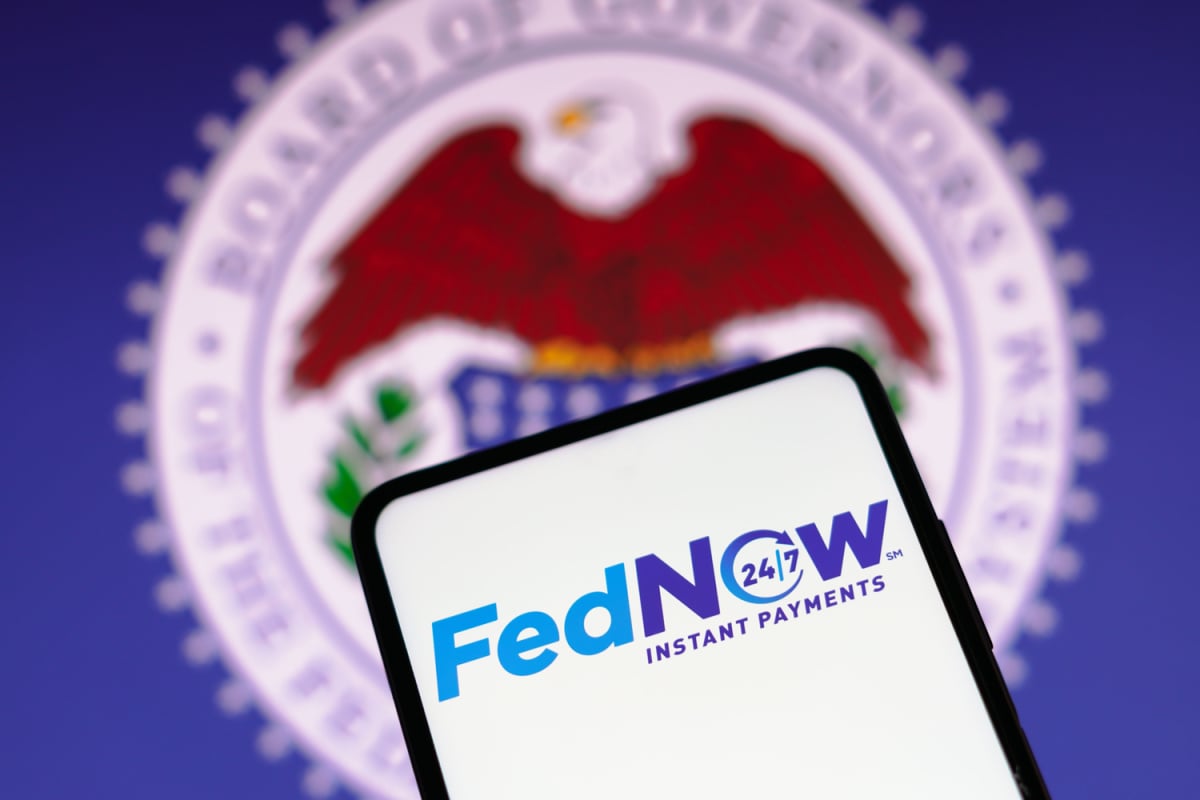The launch of the FedNow payment rail in the US could prove to be one of the most significant payment shifts for the country as instant payments continue to accelerate.
Payment Expert asked Trustly VP of Banking Partnerships for North America, Eric Foust, what this shift entails and how it differs from its previous evolutions.
Payment Expert: Firstly, can you take us back briefly on the development of FedNow and why it has taken until 2023 for its launch?
Eric Foust: As a member of FedNow’s Drafting Committee, I saw firsthand the level of care and effort put into the development of FedNow. Its 2023 launch date was necessary to allow FedNow to develop into a full-fledged payment rail, as time was needed to metabolize all the learnings from RTP’s 2017 launch.
PE: How does FedNow compare with its predecessor, the Real-Time Payment network?
EF: The two most obvious differences are transaction limit and cross-border capabilities. FedNow’s upper transaction limit is $500,000 compared to RTP’s $1m, and FedNow processes domestic-only payments while RTP can process foreign transactions.
The less obvious differentiator is FedNow’s availability and integration with the Fed’s larger network. FedNow’s cohort of banks and financial institutions that support it include several smaller local and community banks, enhancing the goal of broader financial inclusion utilizing FedNow.
Many of these local and community banks don’t currently participate in the RTP rail, which marks a key differentiating factor within FedNow when compared to its predecessor.
PE: Instant Payments has been accelerating in Europe over the last several years but why has it taken longer than expected to be embraced in the US?
EF: The lack of regulation and regulatory bodies in the instant payments space has significantly stifled its growth over the years.
In comparison to Europe, there’s clearly a push for instant payments with recent legislation proposed in late 2022 and the existing PSD2 regulations that have largely aided in its popularity and ubiquity.
Also, consider countries like Brazil, India, Australia, and Thailand. While not in European nations, the immense popularity of instant payments there is largely due to instant payments being treated as a public utility that gets regulated extensively by the government.
All that being said, the adoption of FedNow is a pivot in the right direction. With the Fed’s backing of instant payment rails, there will likely be more regulation and government backing down the line to increase the availability and usage of instant payments.
PE: How will FedNow not only transform the payment landscape in the US but also its potential to attract payment companies across the globe to launch in the country?
EF: FedNow is a game changer. Many financial institutions in the Fed’s network have been waiting for the Fed to make its own instant payments rail, which is indicative of how eager the industry is to utilize FedNow.
Having an additional instant rail available presents challenges and opportunities around interoperability and opens the door to innovation around payment orchestration.
I believe FedNow’s launch will have wide ripple effects and present many fintechs from around the world an opportunity to launch here in the US and offer instant payments.
PE: Do you envision widespread adoption of FedNow in its early phases and if not, what will be the early growing pains for the payment rail?
EF: The early phases of the rollout will likely include a large concentration of smaller regional banks, community banks, and credit unions. These banks have not had the prior experience with the RTP network so I expect there to be some growing pains, but not at the same rate as when RTP launched.
We have six years of experience as an industry that we can draw from to help overcome obstacles that may be present. There are also some banks and credit unions that see the value in supporting both RTP and FedNow.
Those FIs supporting both should have a much smoother experience launching FedNow compared to when they launched RTP. Similar to how RTP started, it will take FedNow some time to reach significant adoption.
In Q2 of 2023, RTP transactions grew to 58 million transactions, +12% vs. the previous quarter. Seeing those trends, the future for FedNow looks promising.




















